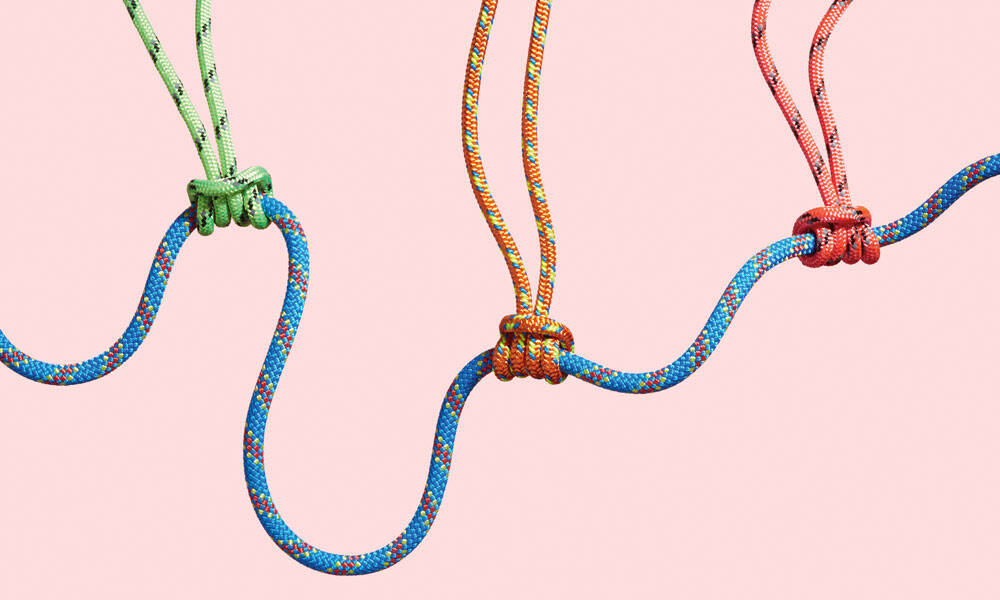
Healthcare: A Major Undertaking to Understand Pain
To help doctors better diagnose and treat pain, IASP undertook an ambitious project to classify types of chronic pain for the World Health Organization’s authoritative disease reference.
Healthcare • International Association for the Study of Pain
It seems like a simple question: What is pain? But for medical researchers, defining pain has been a knotty problem. Is it a disease in itself or a symptom of disease? Formal classifications that could help doctors make more confident diagnoses have been hard to come by, even though an estimated 20 percent of the world’s population suffers from chronic pain of some sort.
In 2012, the International Association for the Study of Pain reached out to the World Health Organization, which maintains the authoritative International Classification of Diseases (ICD), to explore adding a more rigorous taxonomy of pain to the guide’s next edition. Dr. Rolf-Detlef Treede, a professor at the University of Heidelberg, recalls effectively being told by WHO: OK, but hurry up. The next edition would be published in 2015, lightning speed in medical research circles.
“The challenge was that there was very little time, and the existing groups [focused on taxonomies] were known to be slow,” Treede says. “So we had to put something together from scratch.”
To get the job done efficiently but with the appropriate stakeholders involved, Treede helped organize and cochaired the IASP Task Force for the Classification of Chronic Pain. That work included the input of multiple partner organizations, with roughly 20 dedicated participants. Their charge was to put together an authoritative taxonomy—and to leave grievances and hardline stances at the door.
“There are some people who are a little bit more in fighting spirits for their own sub-specialty interests, but we were quite successful in identifying those that knew what’s at stake for the overall aim,” Treede says. “Everybody was quite aware that we had no time whatsoever. Everybody knew that we had to come together, find the common denominator, and throw overboard anything that’s in its way.”
It turned out that the task force had more time than it anticipated—the final ICD wouldn’t ultimately be released till 2019. But the task force worked speedily to establish seven general pain categories—such as cancer pain, chronic primary pain, and musculoskeletal pain—by 2015, quickly enough to persuade WHO that its work was on the right track. “We managed to do that within basically two years’ time,” Treede says.
The gears of formally implementing the classifications in the ICD are slow-moving—some elements won’t become official until 2027—but Treede notes that much of the task force’s work is already being put to use by clinicians in Rwanda, Norway, Thailand, and Japan.
“Some hospital systems are using the pain classifications because they think it’s better than what they have,” he says, and he credits that implementation to the patient but focused approach the task force established.
“If you want to take on huge tasks, it’s possible to do it in a staggered way,” he says.
(Richard Drury/Getty Images)






Comments